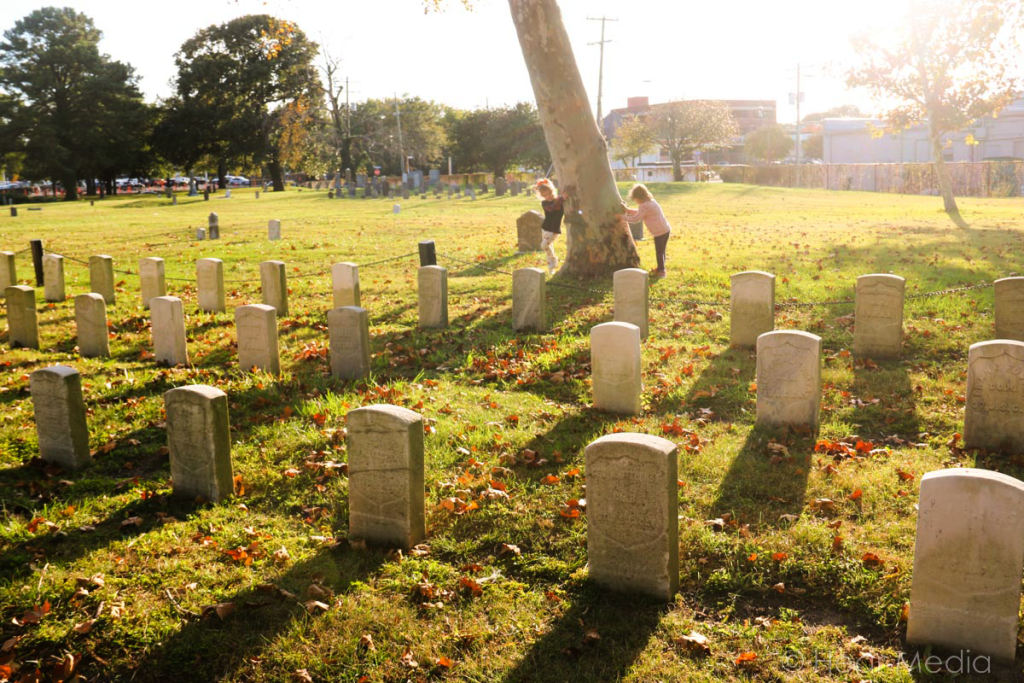
Though the Norfolk Common Council authorized the burial of “people of colour” in a Potter’s Field located between Liberty, Scott, Hawke, and Cumberland Streets in Norfolk in 1827, it wasn’t until 1873 that another Potter’s Field was established for the exclusive interment of African American citizens. Known briefly as Calvary Cemetery, this burial ground was located at the west point of Elmwood Cemetery.
In 1885, with the urging of Norfolk’s first African American Councilman, James E. Fuller, Norfolk City Council changed the name to West Point Cemetery. Councilman Fuller further insisted that a section of the cemetery “…be dedicated as a special place of burial for black Union veterans…” Thus, Section 20 was “donated to the Directors of the Union Veterans Hall Association for the burial of the members of the Grand Army of the Republic.”
Fifty-eight Afro-Union soldiers are interred in Section 20. Under the leadership of Councilman Fuller and the Norfolk Memorial Association, the West Point monument was erected in honor of African American soldiers and sailors of all wars. The base of the monument was completed in 1906 and the statue depicting Sargeant William Harvey Carney was added in 1920. Although Fuller died in 1909, the African American community continued to work for another 11 years to bring his vision to fruition.
From “Remembering Norfolk’s African American Cemeteries” by Dr. Cassandra Newby-Alexander.

